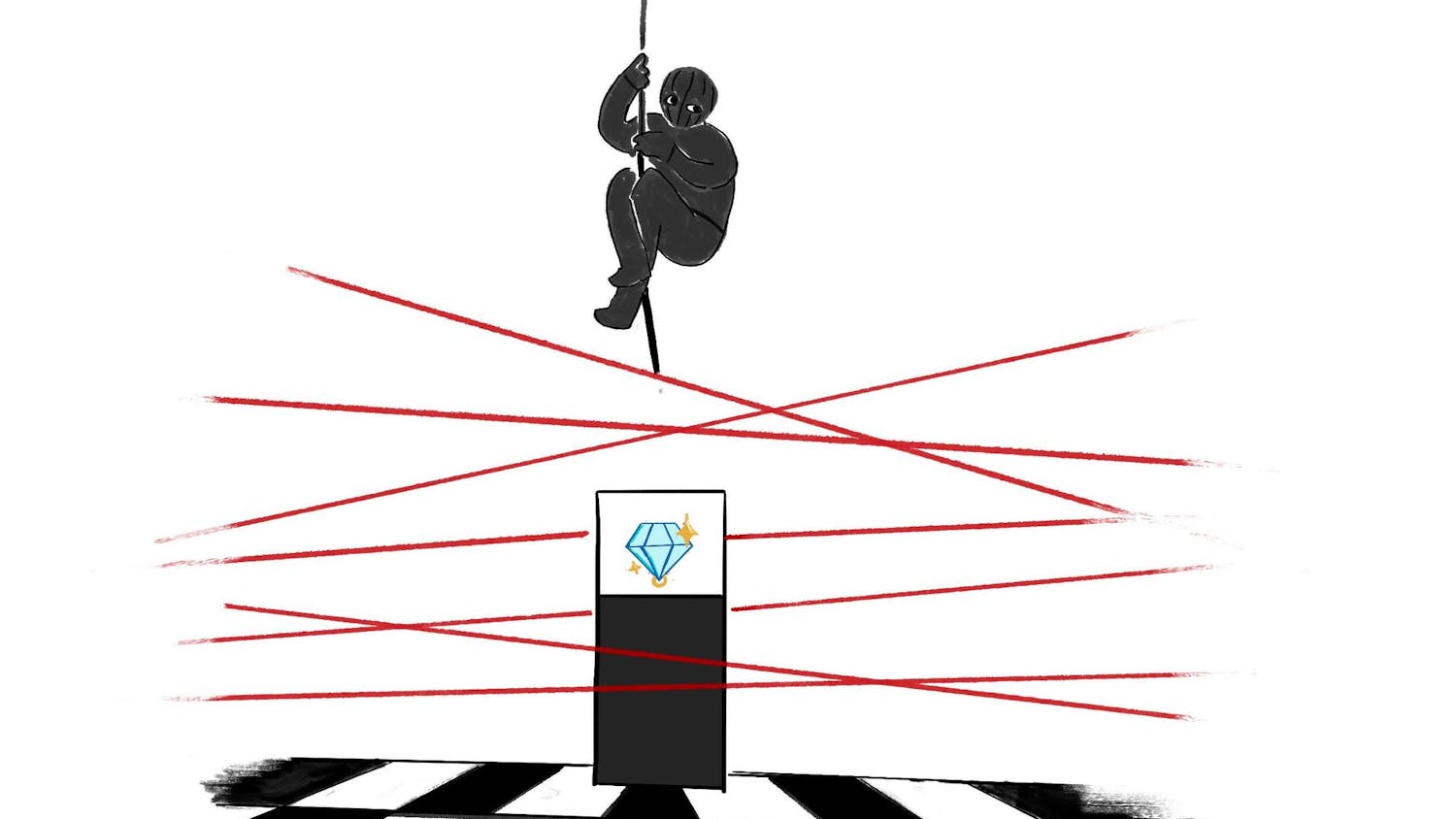Monuments dedicated to Confederate soldiers and statesmen began popping up in the South around the turn of the 20th century.
Yet, it was not until the rise of efforts to take them down that we experienced anything like what happened at Lee Park last week.
While many attest that it is the mere existence of Confederate monuments that is provoking calamity, a careful examination will reveal that it is not the monuments themselves that provoked a rally that ended in violence and death, but the agitators who advocated for its removal.
Without anti-white racist Wes Bellamy’s push to remove the statue, there would have been no rally or violence in the first place.
There would have been no clash, no death and no turmoil. So, who are the real provocateurs here?
These monuments never actually bothered anyone until people were told that they should be bothered.
Those who advocate eradication should first attempt to understand just what the monuments mean to those who admire them rather than virulently yelling ideological abstractions like “racism” and “bigotry” at pieces of stone and metal.
To many Southerners, these monuments represent ancestors who fought defending their homes from invasion and statesmen who defended Jeffersonian principles of self-government.
THEY WERE TRAITORS!: Those who say monuments should be removed because Confederates were treasonous should consider the notion that those Southern leaders in 1860-1861 were actually more loyal to the Constitution than Northern leaders.
History can accurately account for this.
Lincoln’s Sec. of State William Seward said in a statement: “A written constitution is dangerous to us in the North. The South is using it as a shield.”
The states were never the creation but the CREATORS of the general government.
According to the compact theory, this means that the states, having given up some of their sovereignty to the pact, have the right to exit the compact when they feel their rights to self-govern as sovereign states has been usurped.
This sentiment can be traced back to writings of Southern political progenitors such as Jefferson, Madison and Randolph.
Politically, these monuments represent an old fight for the Jeffersonian political tradition at a time when one section was cannibalizing the other.
We must understand — through their writings — that Southerners considered themselves combatants in the second American War of Independence.
If Robert E. Lee, the most recent target in the purge, was a traitor then how can we reconcile his words, “All that the South ever desired was that the Union as established by our forefathers should be preserved, and that the government as originally organized should be administered in purity and truth ... I yet believe that the maintenance of the rights and authority reserved to the states and to the people, not only essential to the adjustment and balance of the general system, but the safeguard to the continuance of a free government. I consider it as the chief source of stability to our political system, whereas the consolidation of the states into one vast republic, sure to be aggressive abroad and despotic at home, will be the certain precursor of that ruin which has overwhelmed all those that have preceded it.”
These are not the words of a traitor to the constitution. These are the words of someone defending it from usurpation.
THEY WERE RACISTS!: The charge that Confederate monuments should be removed specifically because they are racist has no bearing at all.
Generally, Confederates were no more “racist” by today’s standards than anyone in the North at the time.
Many Northern states had laws barring any entry of black people into their states at all. For example, the free state of Oregon adopted a constitution in 1857 that banned black people from the state entirely.
This hardly fits the revisionist narrative that the monuments of the Southern people should be removed because they were morally inferior to “saints” in the North.
As for Lincoln himself?
Well, let’s just say that his words more closely resemble those of a KKK leader than those of an NAACP representative.
Concerning race, Lincoln proclaimed, “I will say in addition to this that there is a physical difference between the white and black races which I believe will forever forbid the two races living together on terms of social and political equality. And inasmuch as they cannot so live, while they do remain together there must be the position of superior and inferior, and I as much as any other man am in favor of having the superior position assigned to the white race.”
If we are tearing down monuments due to racism, we must be fair and equal and eliminate even the Lincoln Memorial, shouldn’t we?
If the intention behind Confederate monument removal is to alleviate racism, then this notion would seem like a no-brainer to the iconoclasts.
This begs the question: Where does it end?
Efforts are underway to remove anything that can be subjectively construed as “racist” like images of the Founders and even people like Teddy Roosevelt who are largely unassociated with all of this.
This is not simply the removal of historical figures from the public eye; this is the erasure of the culture of a distinct people.
Yet, it has never been about Confederate monuments only.
These are just the easiest targets.
Cole Davis is a contributing columnist for The Auburn Plainsman. The views expressed in columns do not reflect the opinion of The Plainsman.
Do you like this story? The Plainsman doesn't accept money from tuition or student fees, and we don't charge a subscription fee. But you can donate to support The Plainsman.




